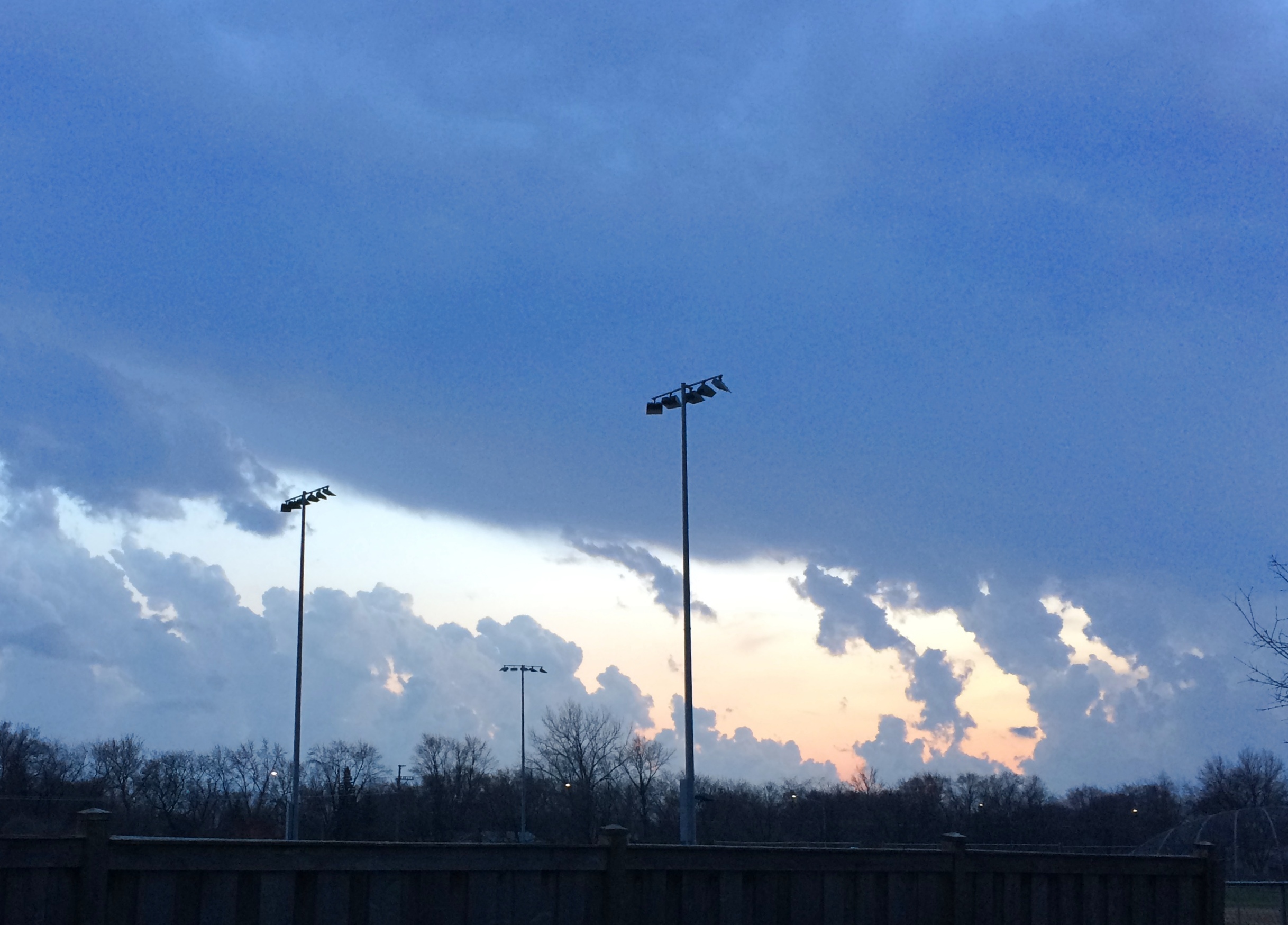Beverly Shores, Indiana, pop. 600 or so, is completely surrounded by Indiana Dunes NP. One way to get to the town, or the national park for that matter, is to take the South Shore Line from Chicago. If you do so, the place to get off is at Beverly Shores station.
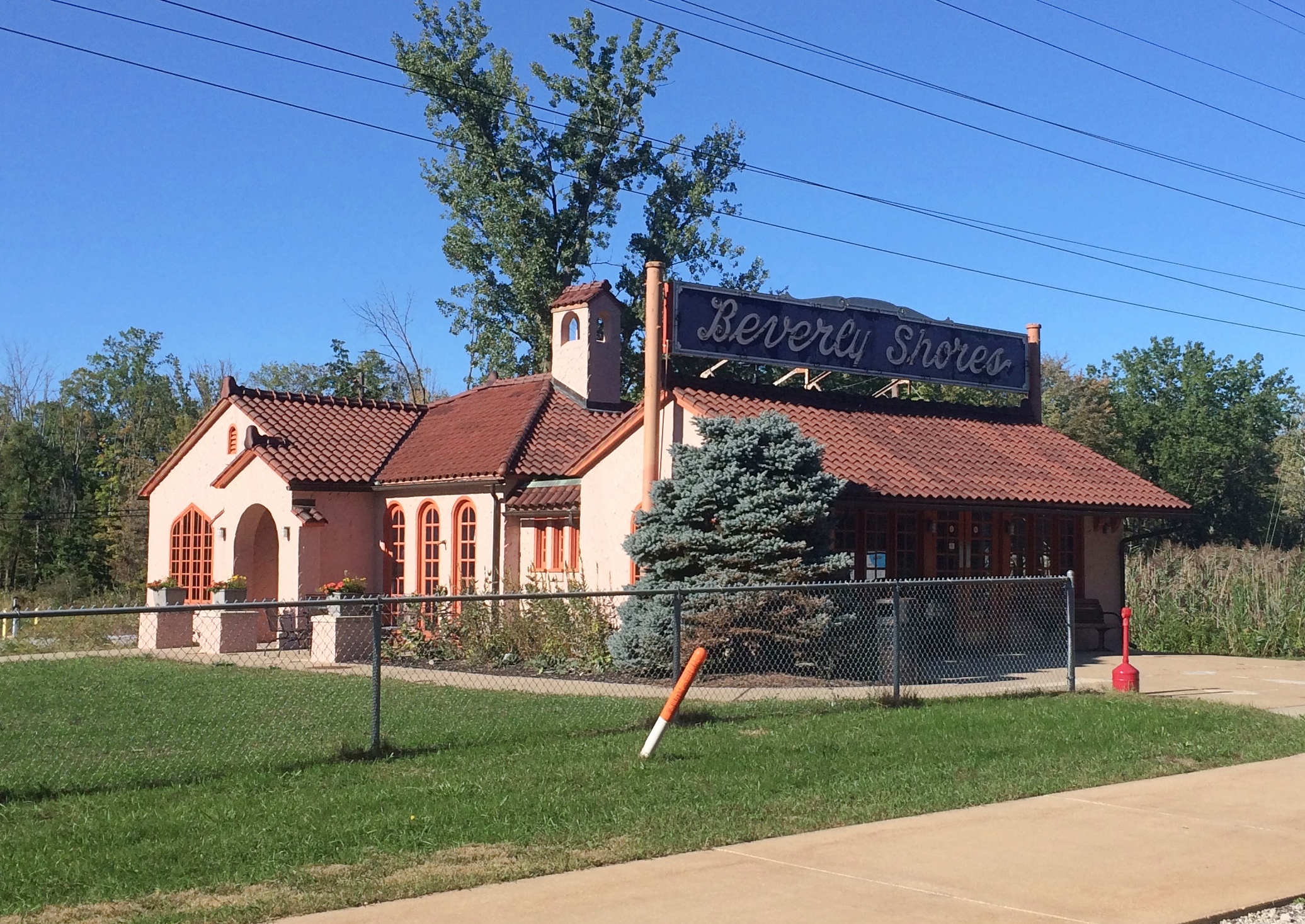 Since its renovation in recent years, the station also includes an art galley. Closed when we got there.
Since its renovation in recent years, the station also includes an art galley. Closed when we got there.
 When I’m pretty sure no train is nearby, it’s hard to resist a shot of the rails converging off toward the horizon. The rails go on forever in a silver trail to the setting sun.
When I’m pretty sure no train is nearby, it’s hard to resist a shot of the rails converging off toward the horizon. The rails go on forever in a silver trail to the setting sun.

Arthur Gerber designed the station in 1929. “Gerber was the staff architect for Samuel Insull, who then owned the line, [and] it is one of several examples of an ‘Insull Spanish’ style used on the rail line,” writes historic preservationist Susie Trexler.
Insull must have been fond of the style. “Say, Gerber, old man, whip up some more Spanish-style stations.”
After all, look at his mansion, which is generally classified as Mediterranean.
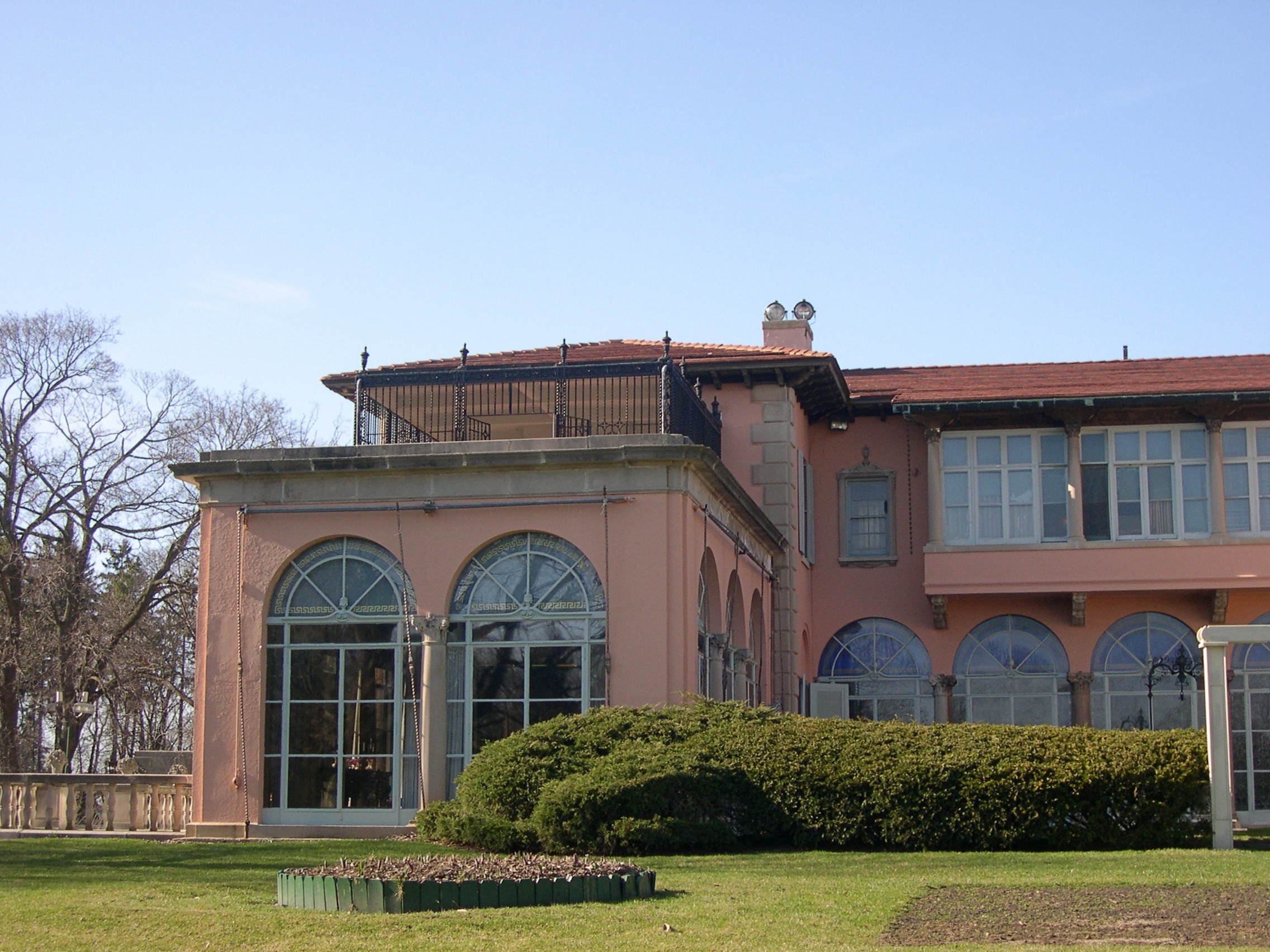
 Better known as the Cuneo Mansion, for its second owner, but utility magnate Insull had it built. Above are shots I took when we visited. When was that? I couldn’t remember till I checked. Ten years ago.
Better known as the Cuneo Mansion, for its second owner, but utility magnate Insull had it built. Above are shots I took when we visited. When was that? I couldn’t remember till I checked. Ten years ago.
The fellow interred in the Beyond the Vines columbarium at Bohemian National Cemetery is Benjamin George Maldonado, 34, who died unexpectedly of an undiscovered brain cyst, according to a column in the Tribune by John Kass.
“The priest gave a great eulogy of Ben,” Kass quoted Maldonado’s widow as saying. “His urn had a baseball on top. We all signed the baseball that went into the wall. There were sandwiches and sodas, and we had a picnic. He was so young. A headstone would have been so somber.”
The man who created the columbarium, whom Kass also quotes, was Dennis Mascari. He’s interred there now as well.
My brother Jay is skeptical that the parade pictures posted on Sunday were taken in September 1967, he told me by email. Two reasons: yellow foliage and people wearing a little more than they would on a very warm Texas September day.
As Jay points out, mid-September is far too early for changing leaves. But I color corrected the images. In the original, faded now for more than half a century, it’s hard to tell whether the leaves are green or yellow. 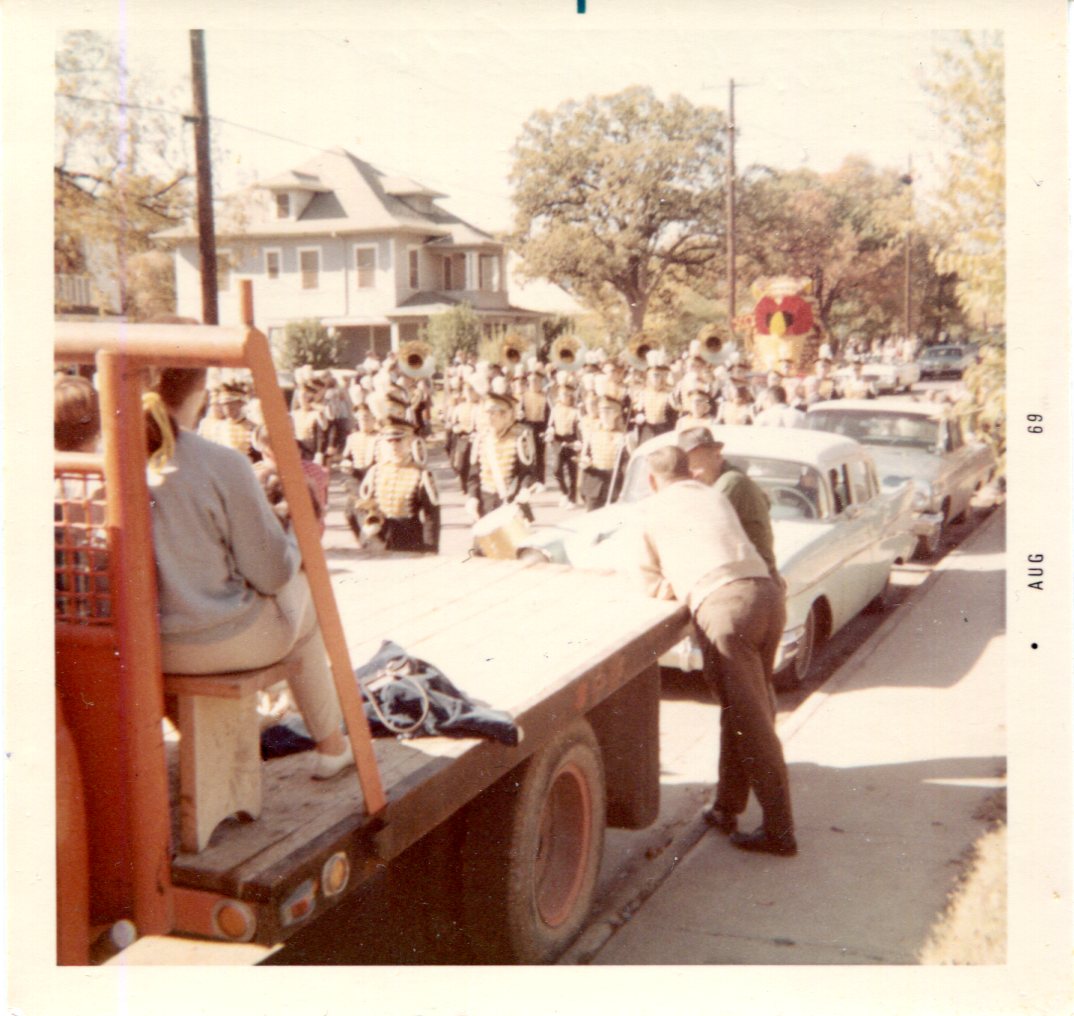
In the color corrected version, some of the leaves look green, some yellow. I don’t know whether that reflects the original color of the leaves, or the color-correction process itself. So I’d say the leaf colors are inconclusive.
The clothes are a more compelling argument. The kid on the top of the station wagon is indeed wearing more than any kid would in high 80s temps, and so is the woman on the flatbed, and maybe the men leaning against that vehicle, who seem to be wearing long-sleeve shirts or jackets. Of course, the members of the band would wear their uniforms no matter how hot it was. I remember some sweaty times in my own band uniform, about 10 years later.
“When is it then?” Jay writes. “I don’t know. I know that the Denton HS band was one of many high school bands that participated in the NTSU homecoming — which sources online say was November 11, 1967 — but: (1) I have no recollection of a parade, only of marching in formation on the playing field, and (2) if there was a parade, it seems odd that it’s heading away from NTSU rather than towards it, as it appears to be the case here. Of course, the fact that I don’t remember a parade isn’t dispositive, nor is the direction.”
Ah, well. Guess we’ll never know for sure. The lesson here is to write the date on the back of physical prints. But even that is an increasingly obsolete bit of advice.
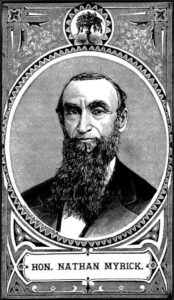 Here’s Nathan Myrick, founder of La Crosse, Wisconsin, whose for-certain public domain image I obtained. Founding a town is more than most people get to do.
Here’s Nathan Myrick, founder of La Crosse, Wisconsin, whose for-certain public domain image I obtained. Founding a town is more than most people get to do.
It occurs to me that I’ve now visited all of the 15 largest municipalities in Wisconsin, and maybe the 20 largest, though I don’t remember visiting New Berlin, but as a Milwaukee suburb, it’s likely that I passed through.
Is that important for some reason? No. But for a state in which I’ve never lived, I’ve been there a lot. As an old Chicago friend of mine once said, one of the amenities of living in the Chicago area is access to Wisconsin. I agree.
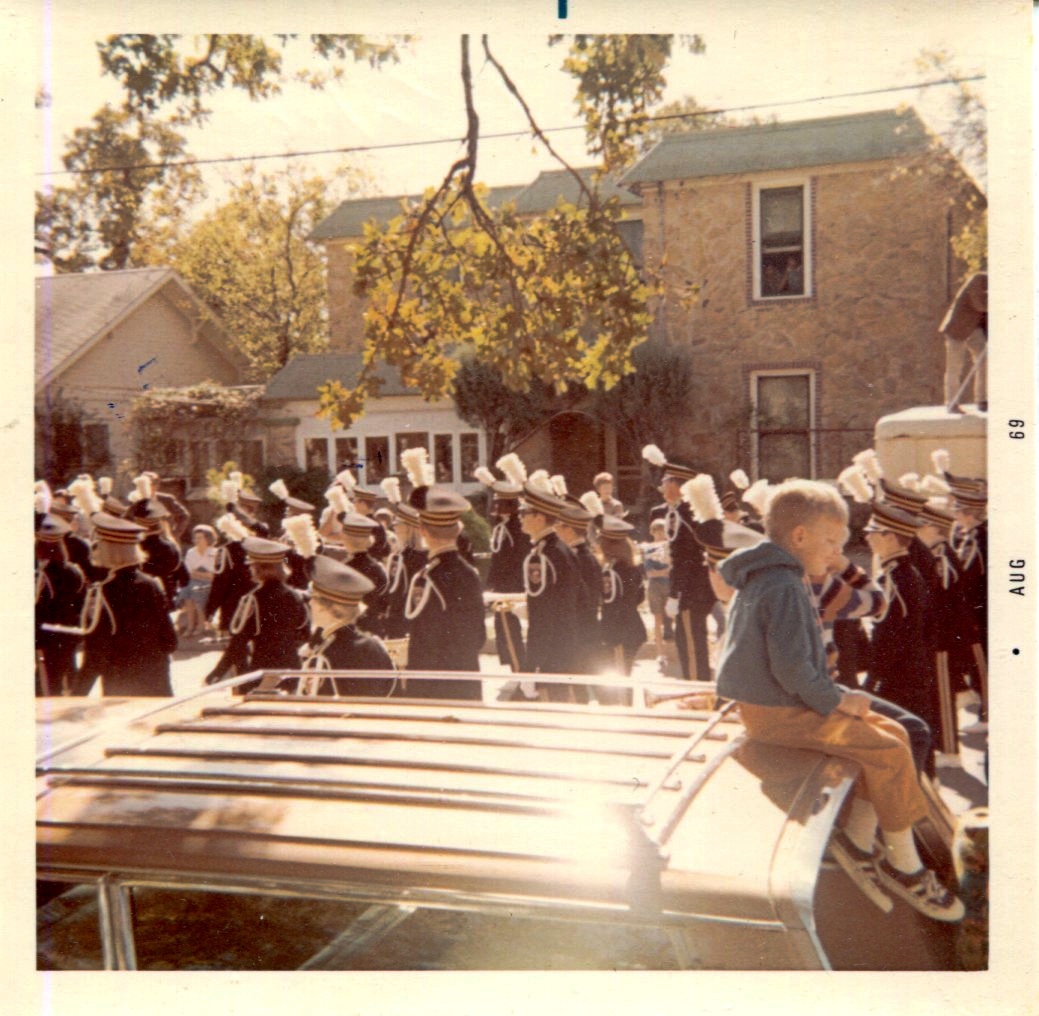
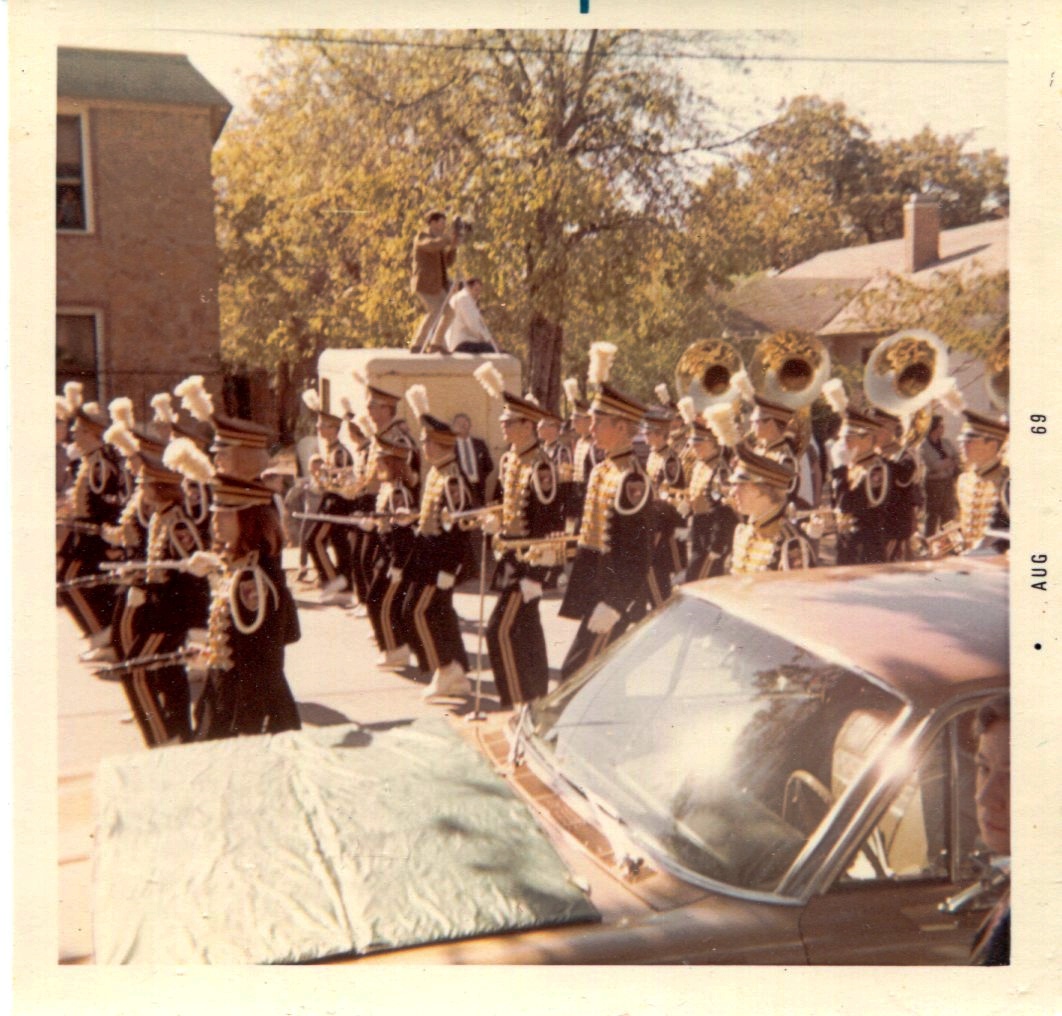
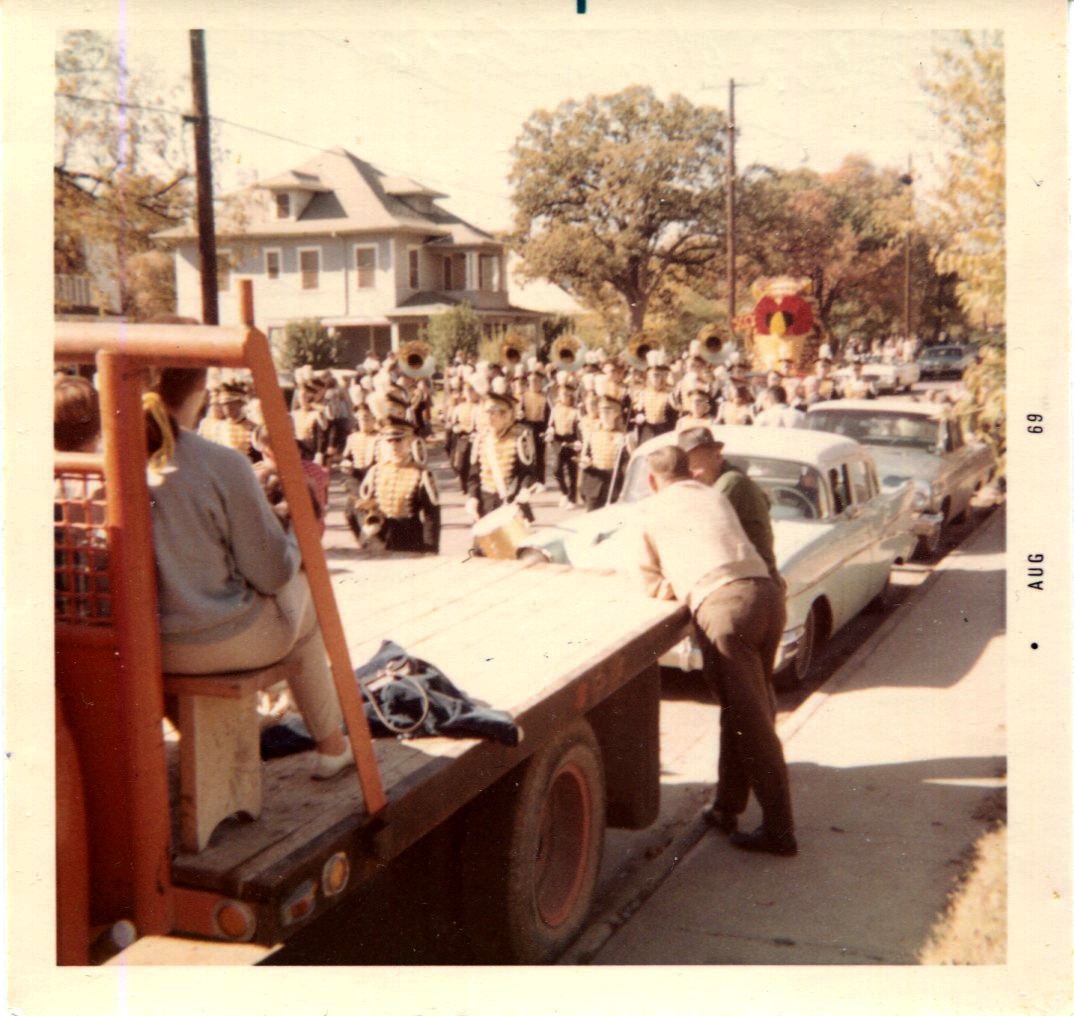

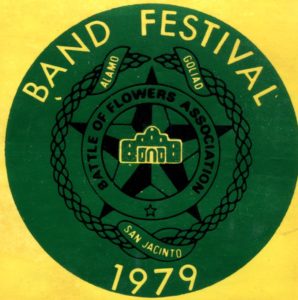


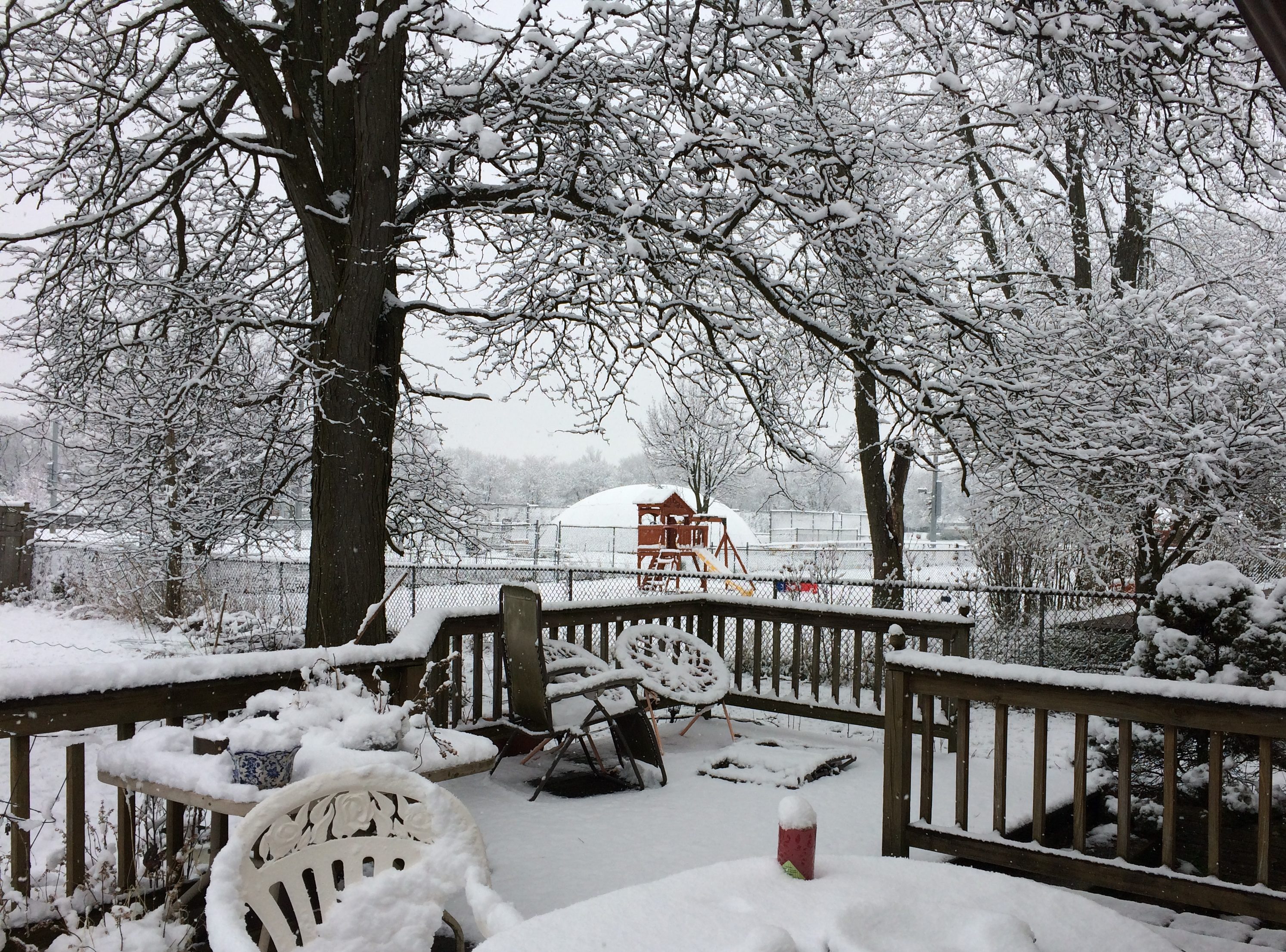
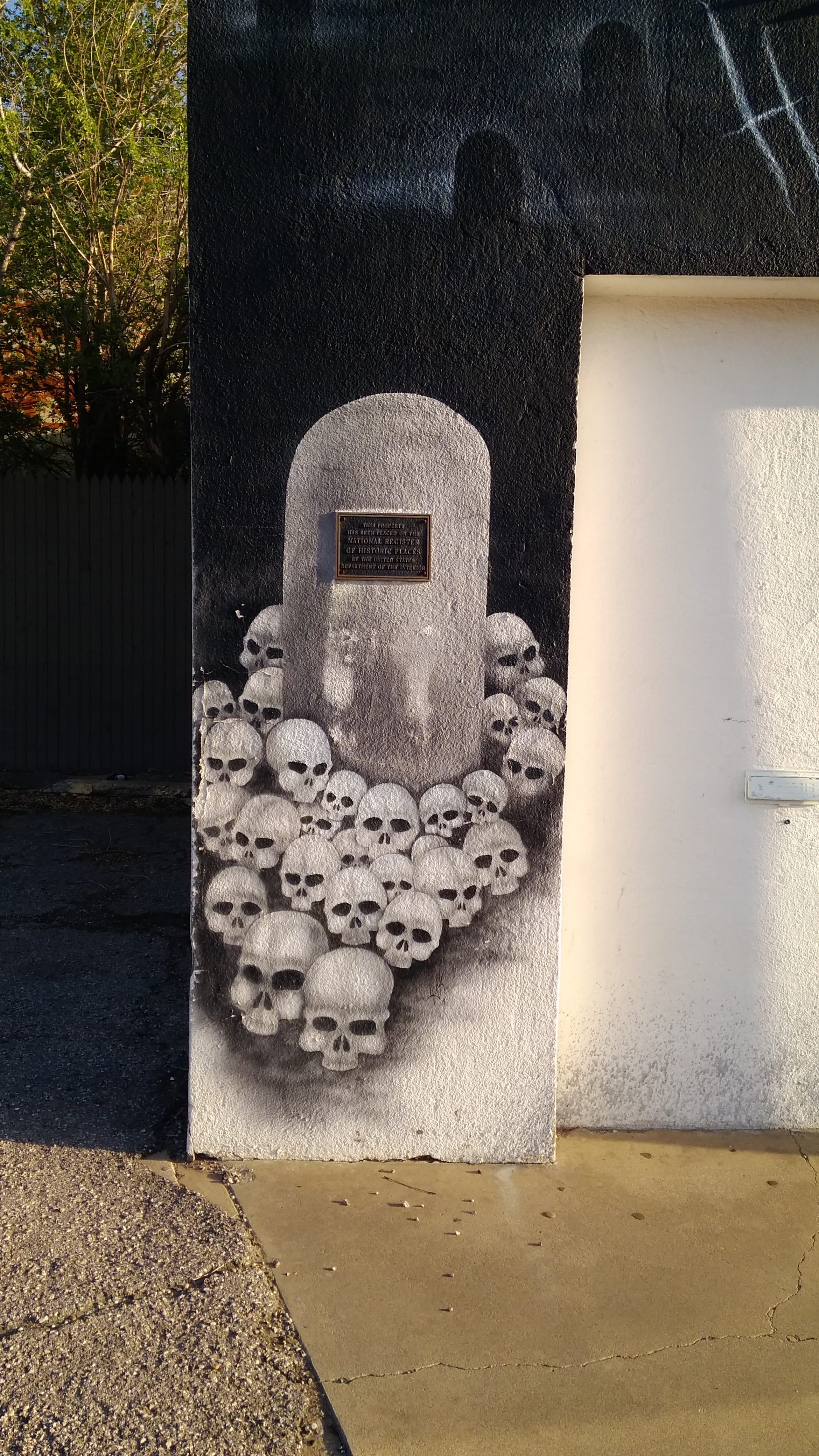

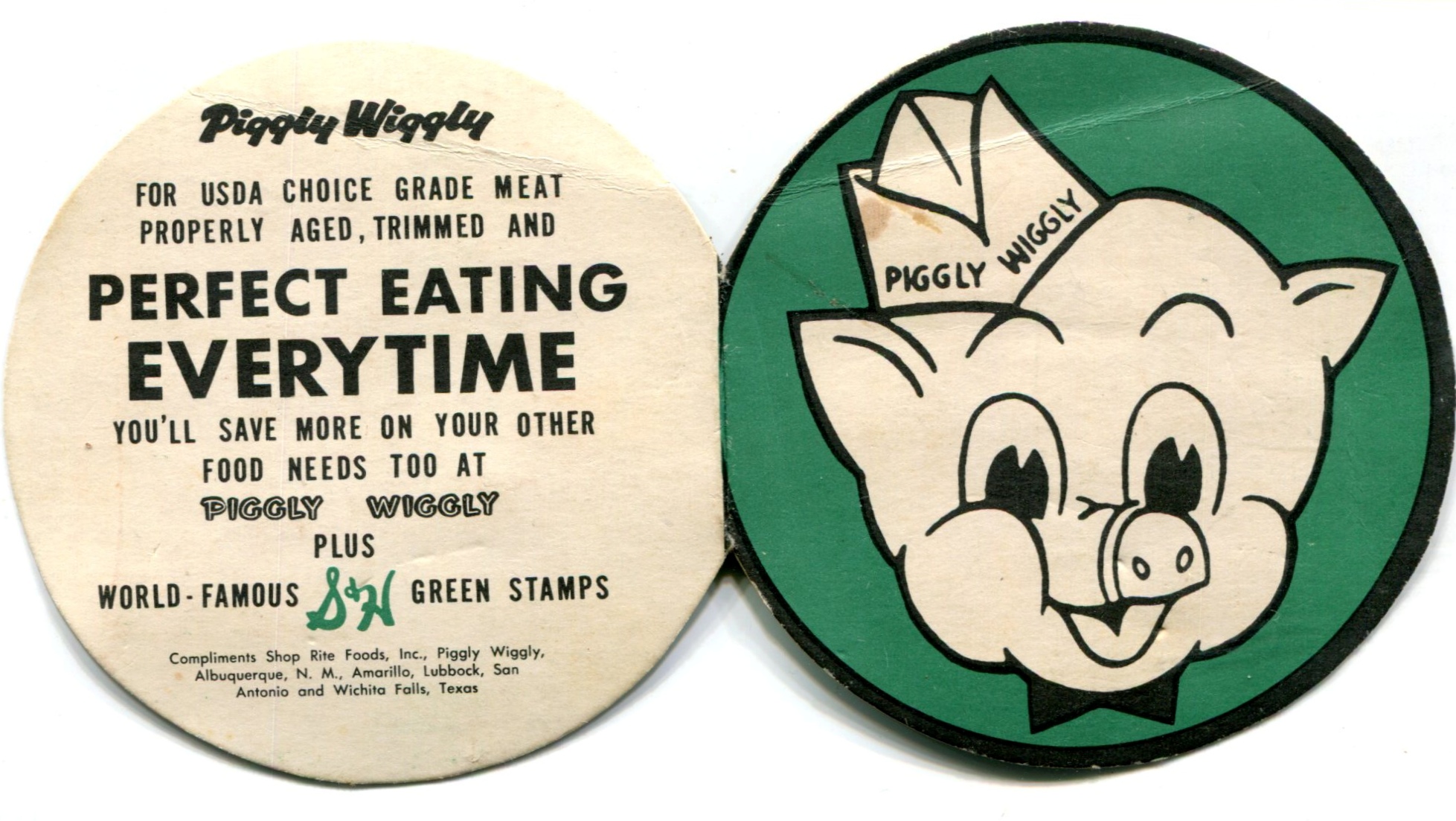
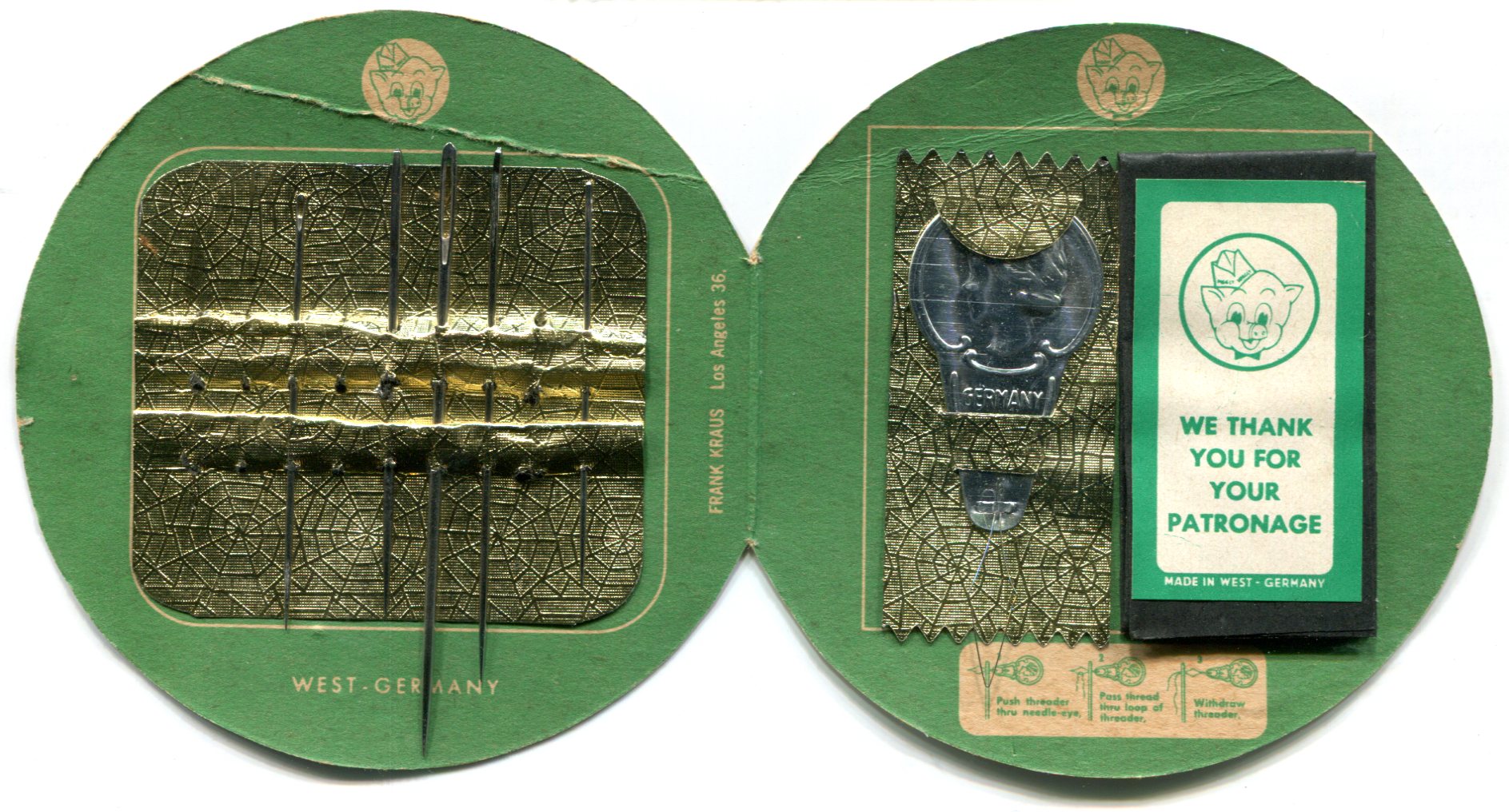 My guess is that my grandmother picked it up at a San Antonio Piggly Wiggly in the 1950s, early ’60s at the latest. Most of the time I believe she shopped at the nearby Handy-Andy in Alamo Heights, but she must have occasionally patronized Piggly Wiggly, which existed in South Texas at the time (but no more: HEB is king in that part of the country).
My guess is that my grandmother picked it up at a San Antonio Piggly Wiggly in the 1950s, early ’60s at the latest. Most of the time I believe she shopped at the nearby Handy-Andy in Alamo Heights, but she must have occasionally patronized Piggly Wiggly, which existed in South Texas at the time (but no more: HEB is king in that part of the country).